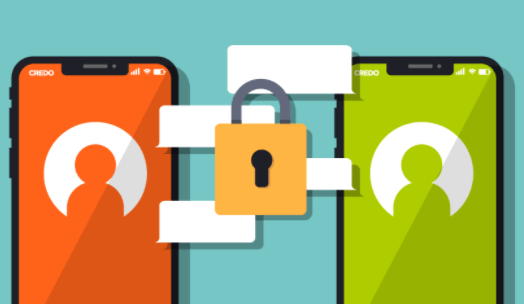Secure Your Messages: What To Avoid In Privnote For Maximum Privacy
In an era of digital communication, Privnote, a popular online service, allows users to send self-destructing messages, which disappear after being read. Also, ensuring the privacy and security of our messages has become a paramount concern.
While Privnote can be a convenient tool, users must be cautious about several aspects to ensure maximum privacy. This article will explore the potential pitfalls and ways to secure your messages while using Privnote.
Table of Contents
Understanding Privnote’s Encryption Protocol:
Privnote uses encryption to protect the content of the messages while they are in transit. However, it is essential to understand that encryption is end-to-end, meaning it only applies between the sender and the receiver.
Once the message is opened, it is decrypted on the recipient’s device, leaving it vulnerable to potential attacks. Therefore, it is vital to consider the nature of your message and the level of sensitivity before using Privnote.
Avoid Using Common Or Predictable URLs:
When creating a Privnote message, the platform generates a unique URL that directs the recipient to the encrypted message.
However, avoiding using common or predictable URLs is crucial, as they can be more susceptible to brute-force attacks or unauthorized access.
Instead, allow Privnote to generate a random URL for your message and avoid sharing it through insecure channels.
Be Wary Of Phishing Attempts:
Phishing attacks are prevalent in the digital landscape, and messaging platforms are not immune to such threats. Hackers may attempt to impersonate Privnote to lure users into disclosing sensitive information or login credentials.
Always verify the website’s URL and ensure that you are on the official Privnote website before using the service. Additionally, avoid clicking on any suspicious links claiming to be from Privnote, as they may lead to malicious websites.

Exercise Caution With Passwords:
Privnote allows users to add an optional password to their self-destructing messages for an extra layer of security. However, be cautious when sharing passwords with the intended recipients.
Avoid sending the password through the same channel as the Privnote link, as this defeats the purpose of the self-destructing message.
Preferably, communicate the password through a separate, secure means like a phone call or a secure messaging app.
Be Mindful Of Message Content:
Even though Privnote offers a self-destructing feature, it is essential to remember that the recipient can still take screenshots or copy the message content before it disappears.
Therefore, exercise discretion and avoid sending highly sensitive information that could cause harm if leaked. Always think twice before sharing personal data, financial information, or confidential documents through Privnote.
Beware Of Keyloggers And Malware:
Maintaining the security of your messages extends beyond Privnote itself. Ensure that both the sender’s and recipient’s devices are adequately protected from keyloggers and malware that could compromise message content and passwords.
Use reputable antivirus software and keep it up to date to minimize the risk of malicious software compromising your communication.
Avoid Using Public Or Unsecured Wi-Fi Networks:
Public Wi-Fi networks are notorious for lacking security, making them susceptible to man-in-the-middle attacks. When using Privnote on a public network, you expose your messages to potential eavesdroppers and hackers.
Use a secure and private network to reduce the risk of unauthorized access to your communications whenever possible.
Regularly Monitor Your Sent Messages:
Keeping track of the messages you’ve sent through Privnote is essential. Regularly monitor the sent messages and verify that the intended recipients have opened them.
If you notice any suspicious activity, such as messages being accessed from unfamiliar locations, immediately change your account password and contact Privnote’s support for assistance.
Use The “Notify” Feature Sparingly:
Privnote offers a “notify” feature that sends you an email notification when the recipient opens the message. While this can be useful for knowing when your message has been read, it also introduces potential privacy concerns.
If your recipient’s email account is compromised, unauthorized individuals could intercept the notification, defeating the purpose of the self-destructing message.
Keep Privnote Updated:
To ensure maximum security, make sure you are using the latest version of Privnote. Developers regularly release updates to patch security vulnerabilities and improve the platform’s overall performance.
Check for updates on Privnote’s official website or app store and promptly install them to benefit from the latest security enhancements.
Conclusion:
Privnote can be a convenient tool for sending self-destructing messages, but users must be cautious about its limitations and potential vulnerabilities. Understanding the encryption protocol, avoiding common URLs, and being vigilant about phishing attempts are essential to securing your messages.
Additionally, exercising caution with passwords and message content and protecting devices from keyloggers and malware are crucial for maintaining maximum privacy.
Remember, no online service is entirely foolproof, so always think carefully about the sensitivity of the information you share through Privnote or any other digital platform.
By taking the necessary precautions, you can enhance the security of your messages and communicate with greater peace of mind in today’s digital world.
At Tornote, we understand the importance of secure communication and have designed our services to meet the highest data security standards.
With features like end-to-end encryption and two-factor authentication, you can ensure your messages are kept private and secure from prying eyes.



